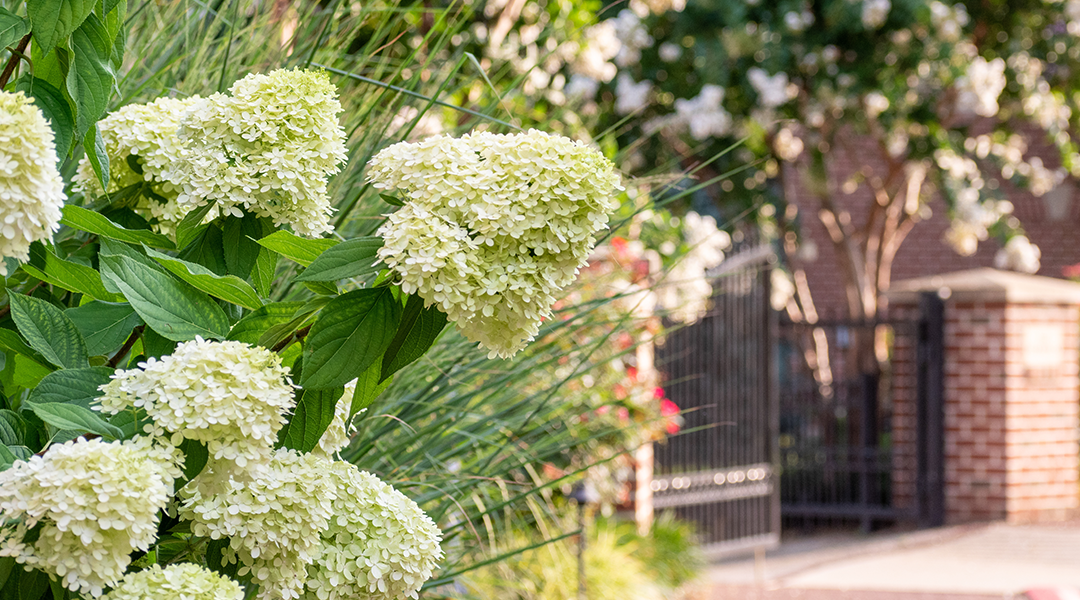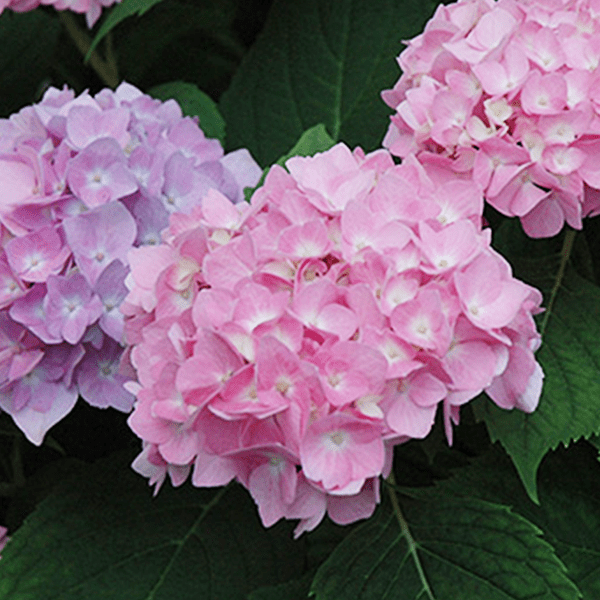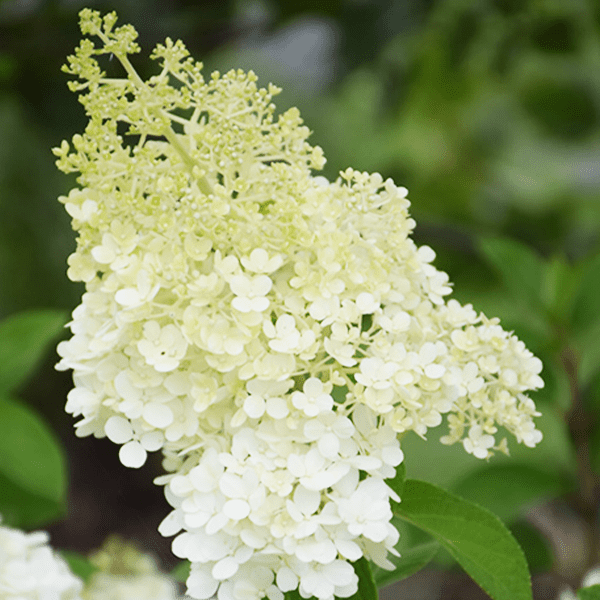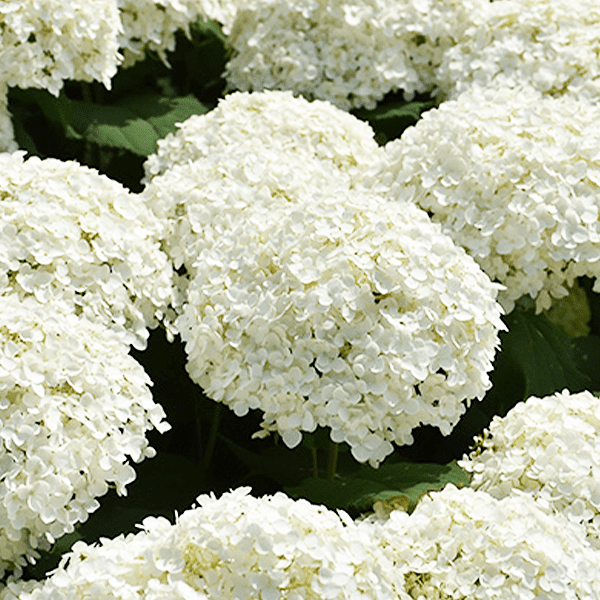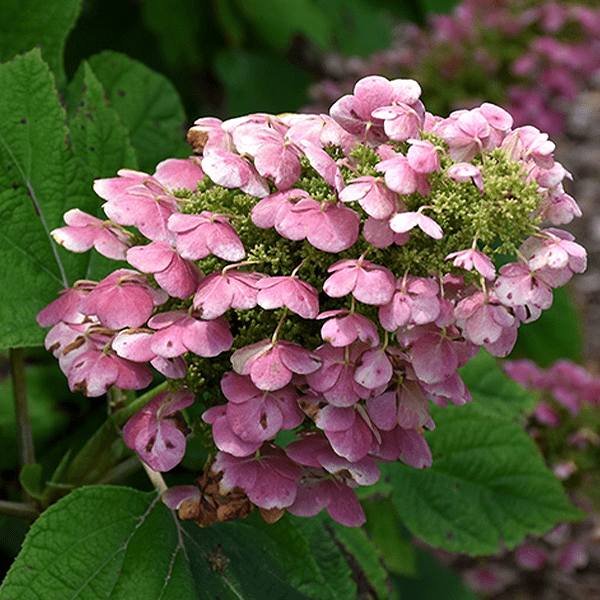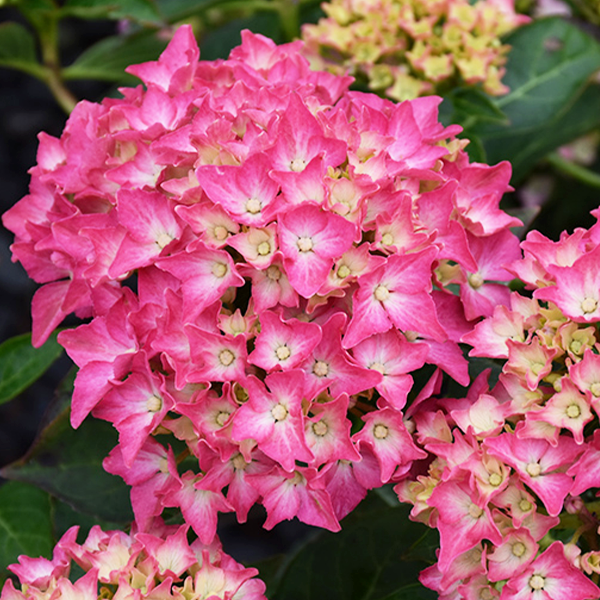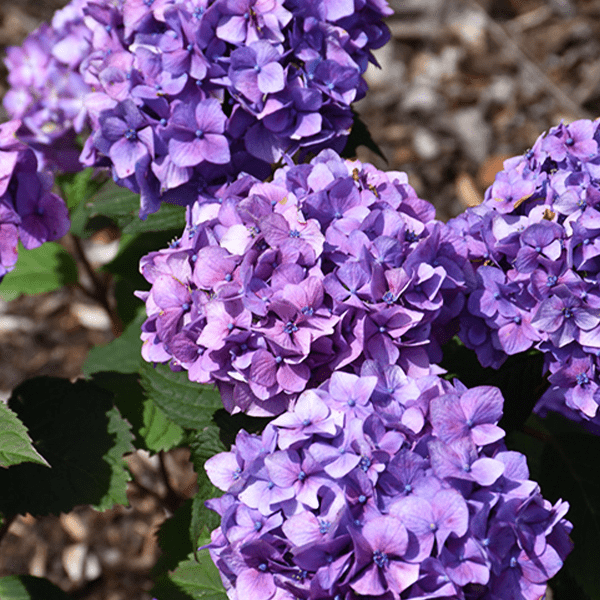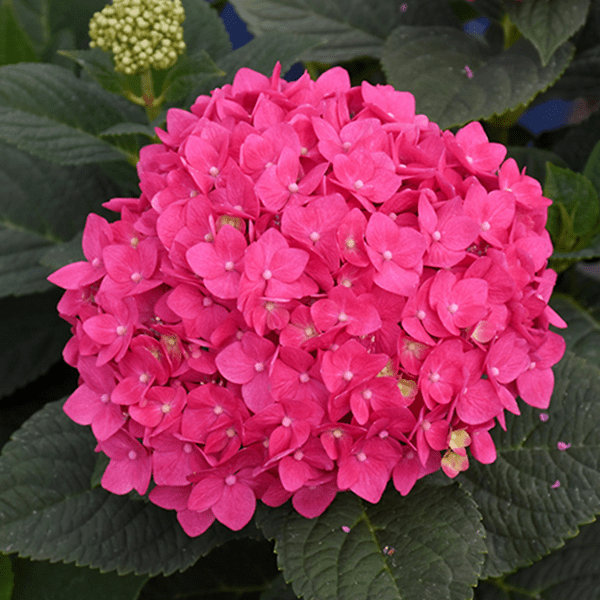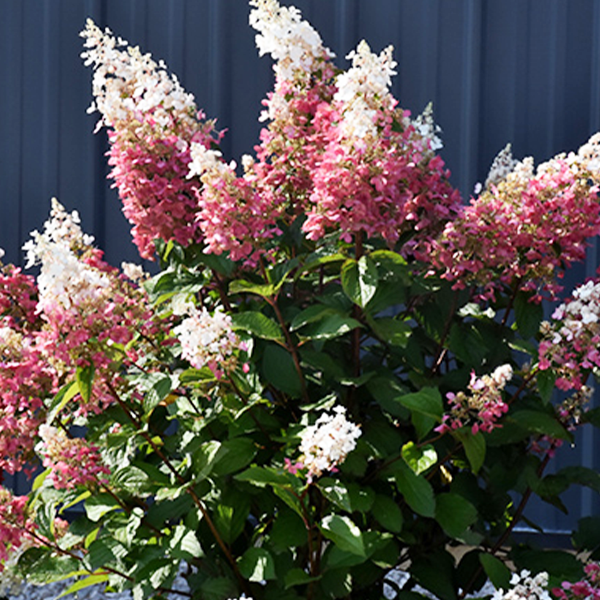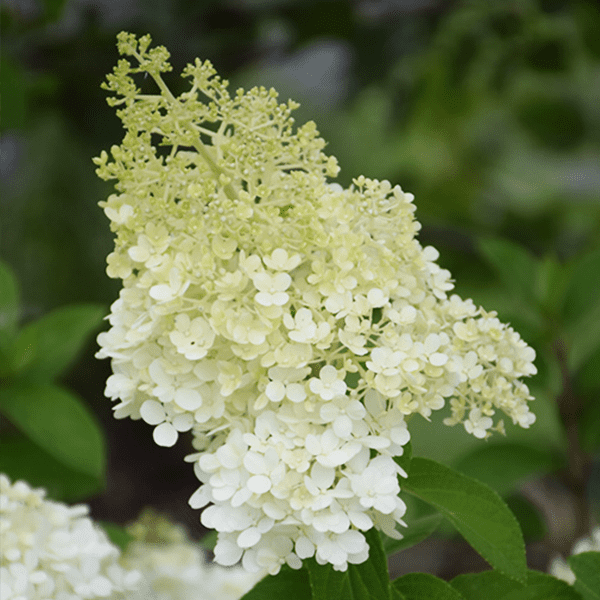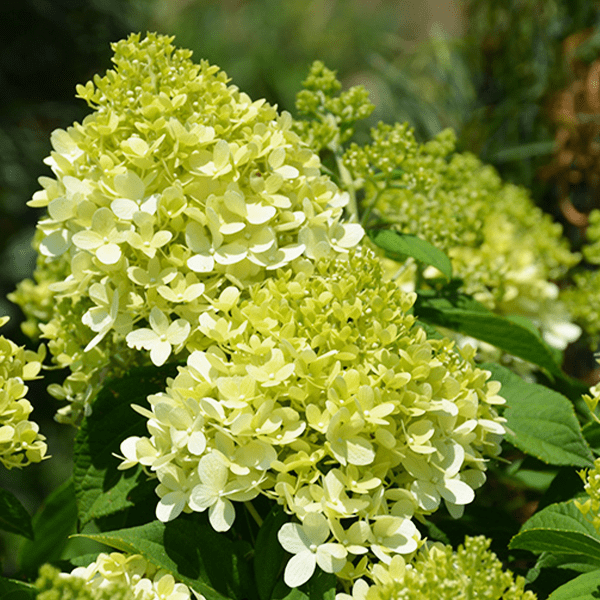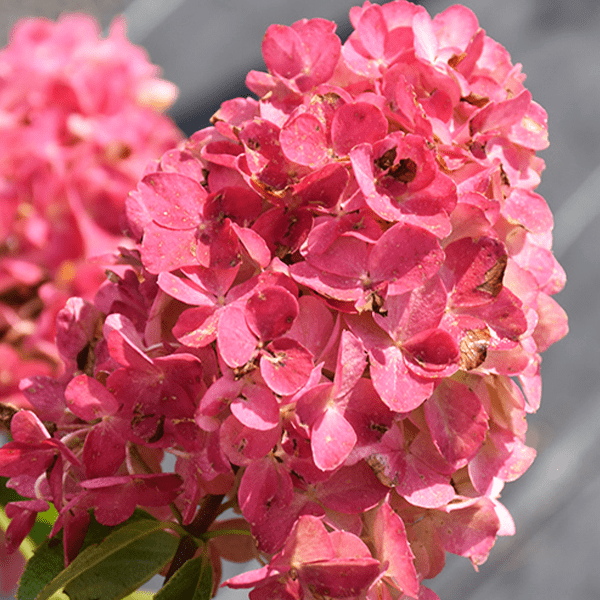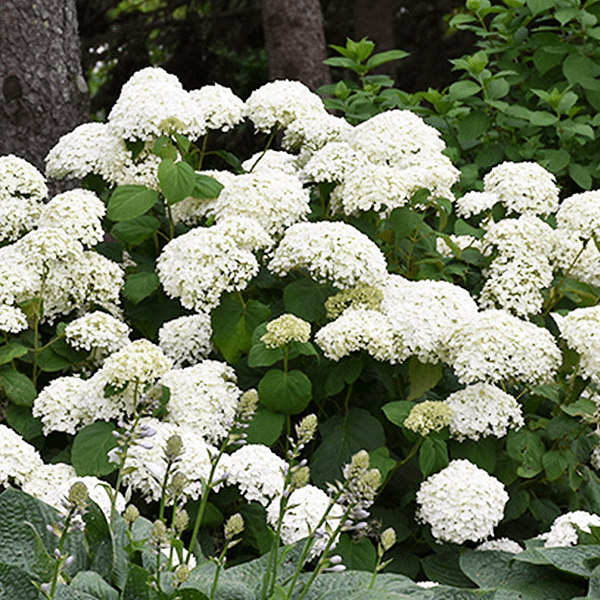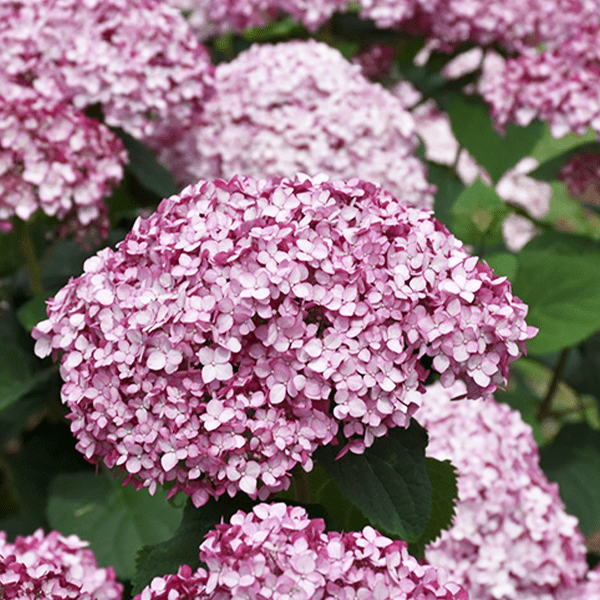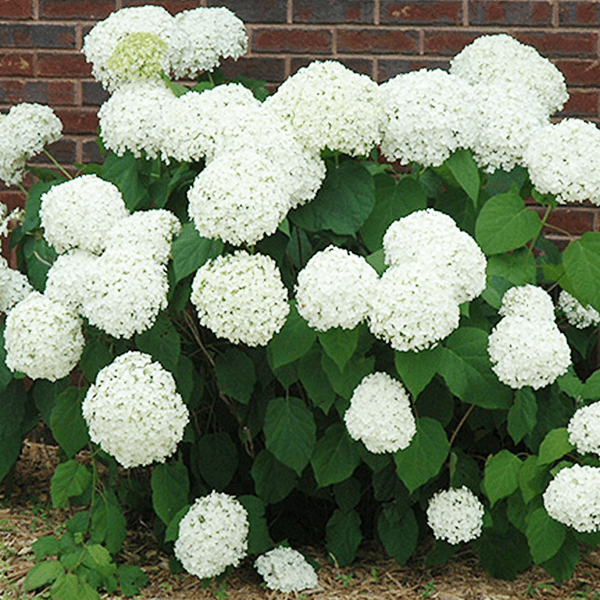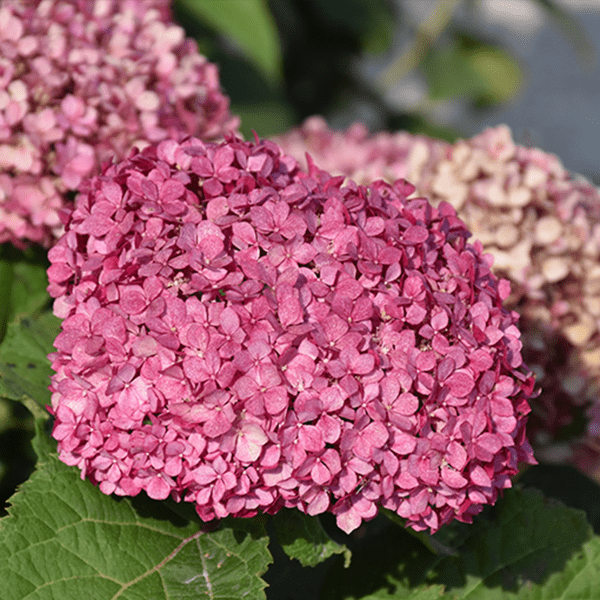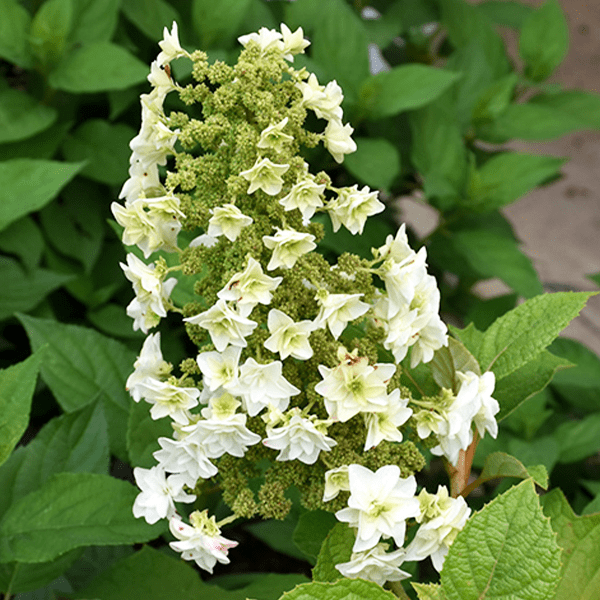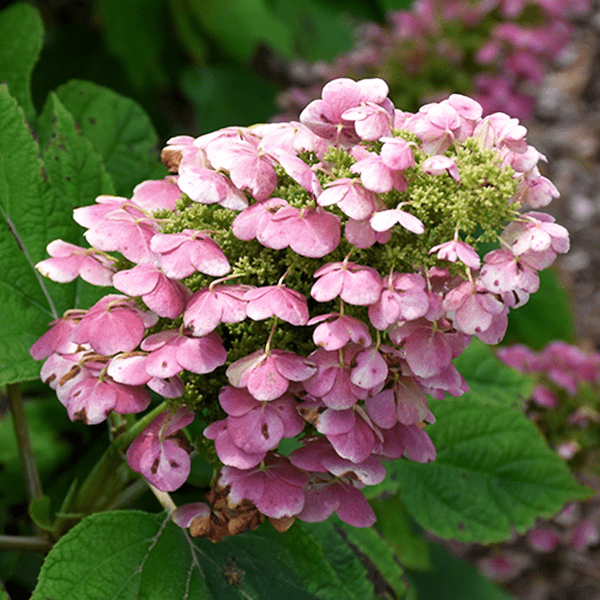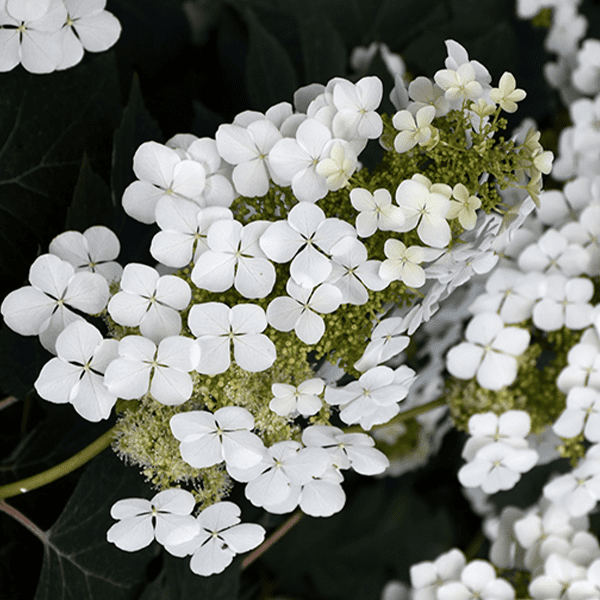How to plant a Hydrangea
Spacing between plants should be determined by the specific type of hydrangea being cultivated. It’s advisable to consult the plant tag for guidance. It’s worth noting that hydrangeas planted in shaded areas typically exhibit slightly larger growth and increased spreading. When planting hydrangeas, dig a hole about twice as wide as the container’s diameter in which the hydrangea was originally grown. Position the plant in the hole at the same depth as it was in the original pot, and backfill with the aforementioned 50-50 soil mixture. Ensure thorough watering immediately after planting.
A hydrangea in full bloom never fails to leave us starry-eyed. Nothing quite compares to these classic, beloved flowering shrubs—it’s no wonder they’ve remained so popular over the years! However, with so many distinctive varieties with their own unique colors, shapes, and bloom styles, there’s endless potential to create extraordinary landscape designs that stand out from the rest. Here’s an overview of how to care for your hydrangeas and the many different varieties you can grow here in Illinois.
How to care for Hydrangeas in Chicago
First, let’s go over the basics of hydrangea care. Do hydrangeas need full sun? Most varieties have similar needs in terms of water, sunlight, and fertilizer. However, since different varieties bloom at different times, things like pruning requirements will vary.
Sunlight
Hydrangea macrophylla and Hydrangea quercifolia are sensitive to intense, direct afternoon sun—it can scorch their beautiful blooms, causing them to turn brown and crispy. On the other hand, too much shade will result in far fewer blooms. Ideally, a spot that receives gentle morning light followed by afternoon shade is perfect. An east or north-facing façade is a very comfortable location for these hydrangeas. Alternatively, you can plant these hydrangeas somewhere that receives dappled shade from leafy tree canopies overhead.
However, Hydrangea arborescens and Hydrangea paniculatas love to grow in full sun and are perfect for a south or west-facing space. They are also excellent along fences for a bit of privacy and color along the border of your property.
Water and Soil
The “hydra” part of hydrangea indicates that this shrub likes lots of moisture! However, well-draining soil is essential because if old water remains stagnant at the root level, it can cause rotting. Heavy clay soils hold too much moisture, so you may need to add organic matter to help with drainage and feed the microbiotic life in the soil. Mixing lots of compost into the soil when you plant will achieve a perfect happy medium, where the soil retains moisture, but the excess can still drain out.
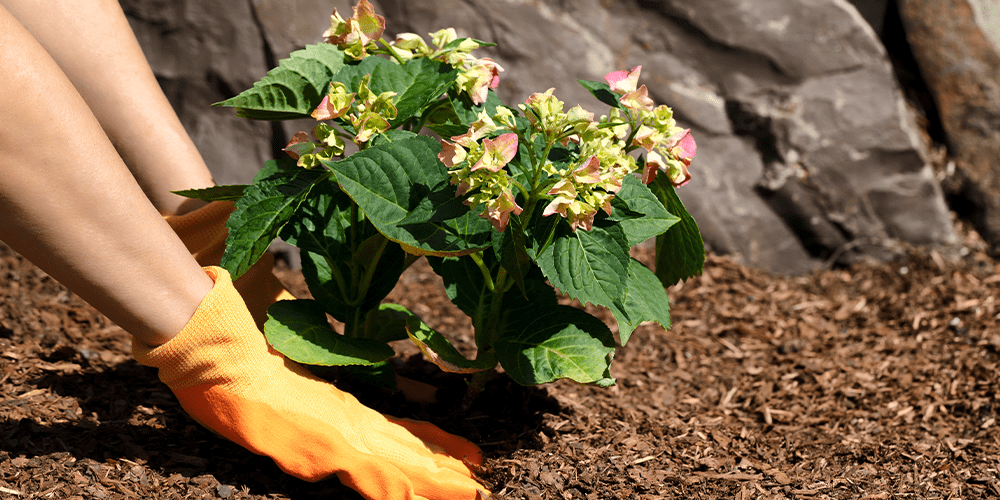
Water your hydrangea frequently for the first few months after planting to help it get established. Spreading a layer of mulch across the soil surface will help slow the moisture evaporation rate immensely because it blocks the sun from heating the ground. Once your shrub is established, we recommend watering it deeply twice a week. Watering in the early morning or late in the evening will achieve the best results because the soil is still cool. This way, your shrub has more time to soak up moisture before the sun heats the soil, and that moisture acts as an insulator for the roots, preventing heat stress.
Fertilizer
Hydrangeas don’t need much fertilizer; too much fertilizer can produce the opposite intended effect, hindering growth and limiting blooms. One application of organic fertilizer for flowering shrubs in early spring will be just the right amount to boost your hydrangea at the beginning of its active growing season.
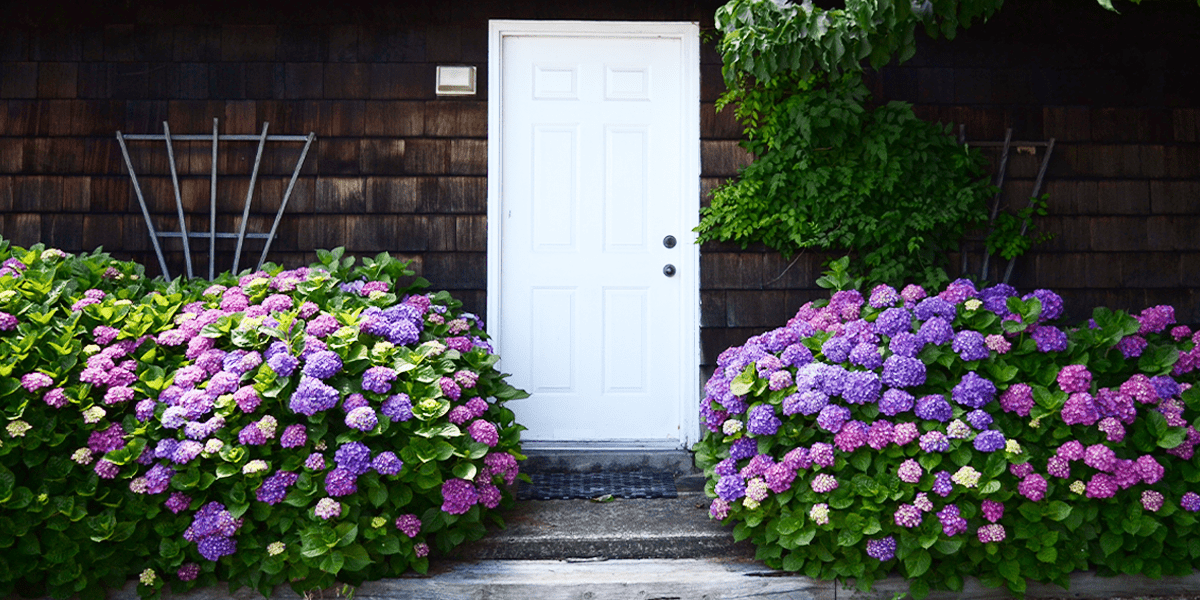
The Four Main Varieties of Hydrangeas
There are several different varieties of hydrangeas, but they typically fall in one of four categories:
Each type of hydrangea has unique characteristics, making them suitable for different functions and designs within the landscape.
We’ll explain how you can best incorporate different hydrangea varieties in your landscape and any important care tips unique to each variety.
Hydrangea macrophylla
For big, bold color that lights up the landscape, look no further than Hydrangea macrophylla. These varieties are often repeat-bloomers, so deadheading spent blooms will help extend their bloom time. These hydrangeas are all drama with an arching growth habit and large, weighty blooms! In winter, it almost entirely dies back to about ⅓ of its previous size, but in spring, it will bounce back with even more vigor!
If you need to prune your Hydrangea bush or Hydrangea macrophylla bushes, do it in summer immediately after their blooms have faded. If you prune in spring, you’ll remove their flower buds, leaving you with a bloomless shrub!
Endless Summer®
Hydrangea macrophylla
‘Bailmer’
Pink Elf
Hydrangea macrophylla
‘Pink Elf’
Bloomstruck®
Hydrangea macrophylla
‘PIIHM-II’
Summer Crush®
Hydrangea macrophylla ‘Bailmacfive’
‘Endless Summer’ is one of the most popular cultivars, with an extremely long bloom period, due to its blooming on both new wood and old wood. Its blooms are pH reactive, so in acidic conditions, they’ll turn blue, and in alkaline conditions, they’ll turn pink. You can create absolutely stunning marbled hydrangeas by altering the pH of the soil in small patches. Some dolomitic lime will turn blue flowers pink, and elemental sulfur will turn the pink ones blue.
Most Hydrangea macrophylla, or “mophead” varieties, reach around 3–5 feet tall, making them perfect for borders and foundation planting. If you’d like something smaller for a more modestly sized yard or as an accent plant in the garden bed, dwarf cultivars like ‘Pink Elf’ will max out at 24 inches tall.
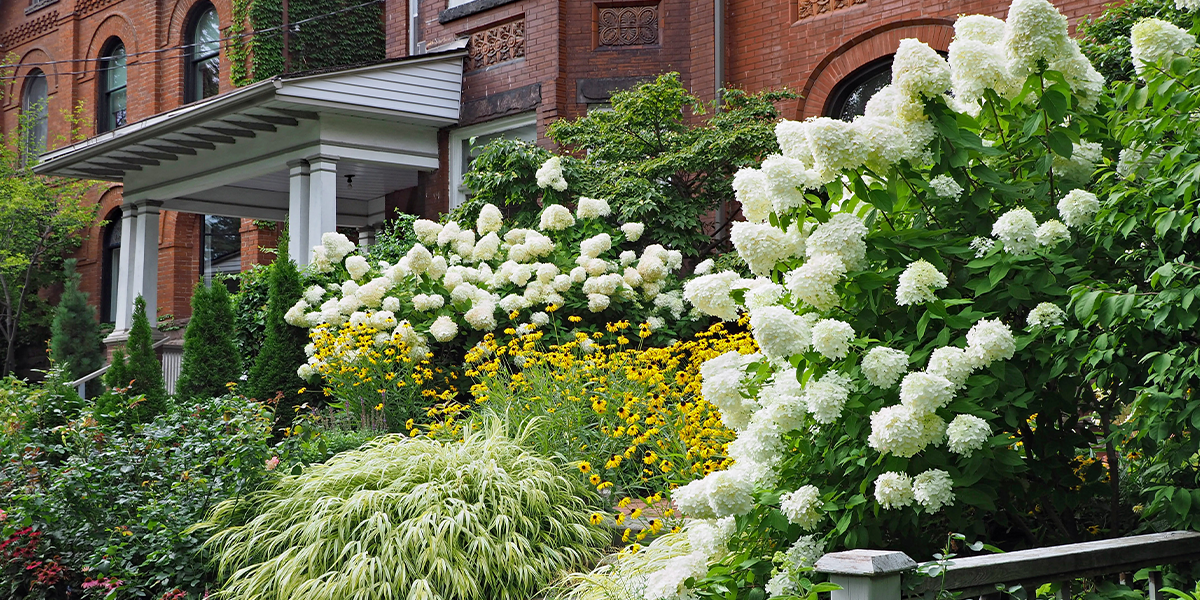
Hydrangea paniculata
Voluminous, cone-shaped blooms emerge mid-summer, typically beginning as white or lime green, then transitioning to shades of rosy pink, or cream as they mature, creating a stunning prismatic effect. Blooms last an incredibly long time with very minimal maintenance required—low effort, high reward!
Taller varieties with an upright growth habit are fantastic for high-impact curb appeal. Use them for foundation planting, then plant shorter flowering plants in front, for a spectacular scene that looks straight off the pages of a storybook.
Panicle hydrangeas bloom on new wood, so late winter is a great time to prune them—around late February or March before their spring growth begins.
Pinky Winky®
Hydrangea paniculata
‘DVP PINKY’
Bobo®
Hydrangea paniculata
‘ILVOBO’
Little Lime®
Hydrangea paniculata
‘Jane’
Fire Light®
Hydrangea paniculata
‘SMHPFL’
‘Pinky Winky’ is a colossal cultivar reaching 6–8 feet tall, so it’s a perfect shrub for privacy hedging. Flowers emerge a creamy white but fade to rich cherry pink. The blooms at the tip of each panicle change color last, so you’ll often see pink panicles with a frosted white tip, like a scoop of cherry sherbet topped with a dollop of whipped cream.
‘Bobo’ and ‘Little Lime’ are smaller cultivars, reaching 2–3 and 3–4 feet tall, respectively. You’ll love watching their pistachio green petals start to develop flushes of pink—they look like shiny opals gleaming in the sunlight!
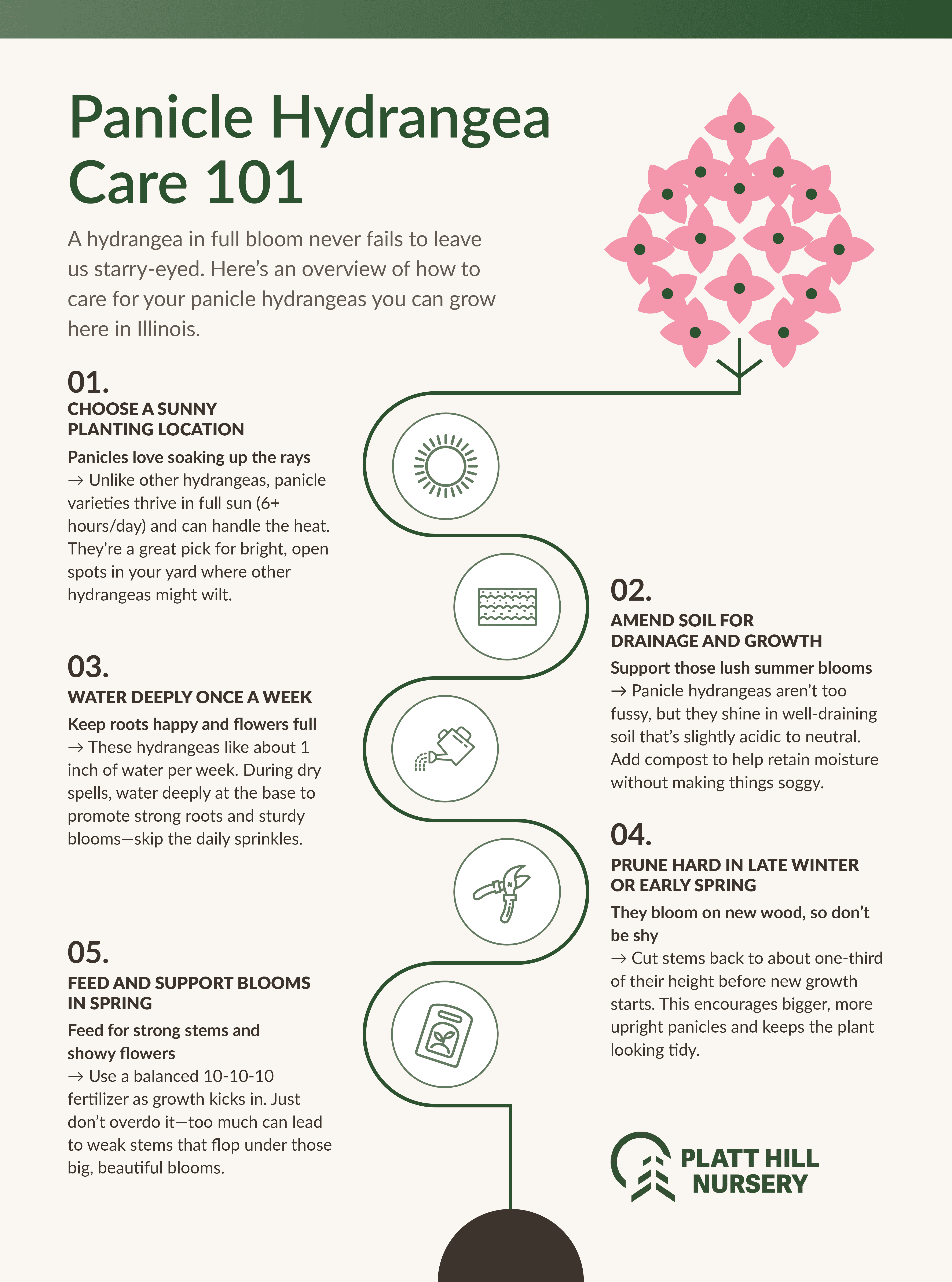
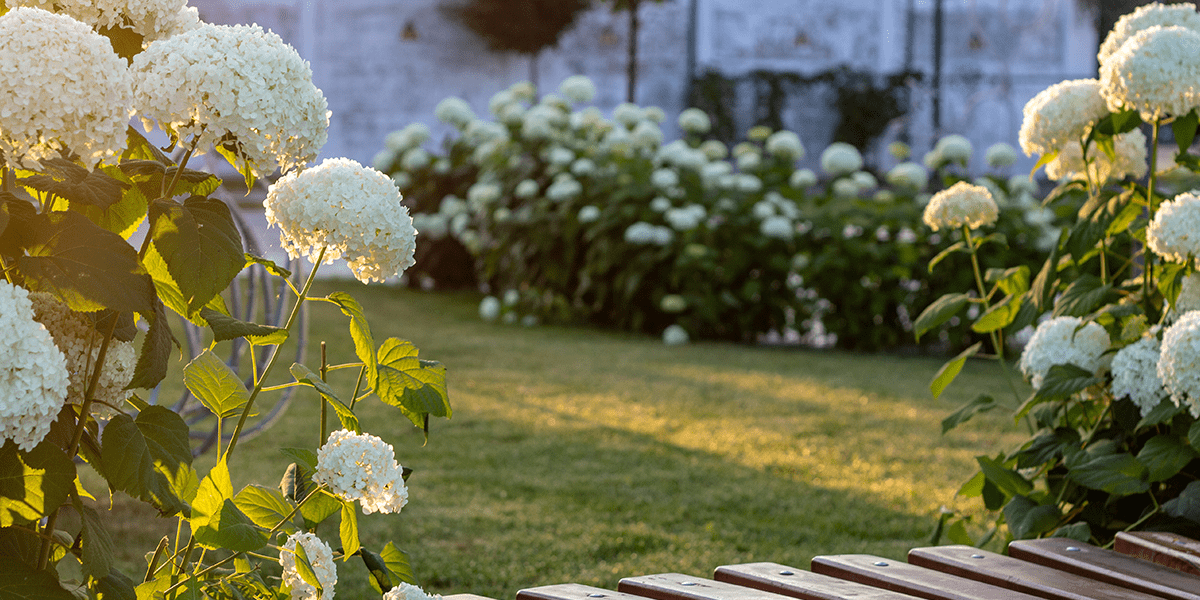
Hydrangea arborescens
Commonly known as “Snowball” hydrangeas, but technically called “smooth” hydrangeas, these varieties are incredibly cold-hardy and low-maintenance. They have an arching growth and heavy blooms, so it’s common for them to take on a “weeping” shape. Most Hydrangea arborescens will reach a height of around 3–5 feet, making them a versatile shrub for landscapes of any size.
Like panicle hydrangeas, Hydrangea arborescens bloom on new wood, so we recommend pruning them in late winter or early spring.
Annabelle
Hydrangea arborescens
‘Annabelle’
Incrediball® Blush
Hydrangea arborescens
‘NCHA4’
Incrediball®
Hydrangea arborescens
‘Abetwo’
Invincibelle Mini Mauvette®
Hydrangea arborescens
‘NCHA7’
White blooming varieties like the ever-popular ‘Annabelle’ bring a dreamy, ethereal look to the scenery, like cotton candy clouds. They’re especially beautiful at night when the moonlight hits their pearly white petals!
‘Incrediball Blush’ is another unique and beloved cultivar with dusty mauve petals that add a sense of vintage charm and romance to the landscape.
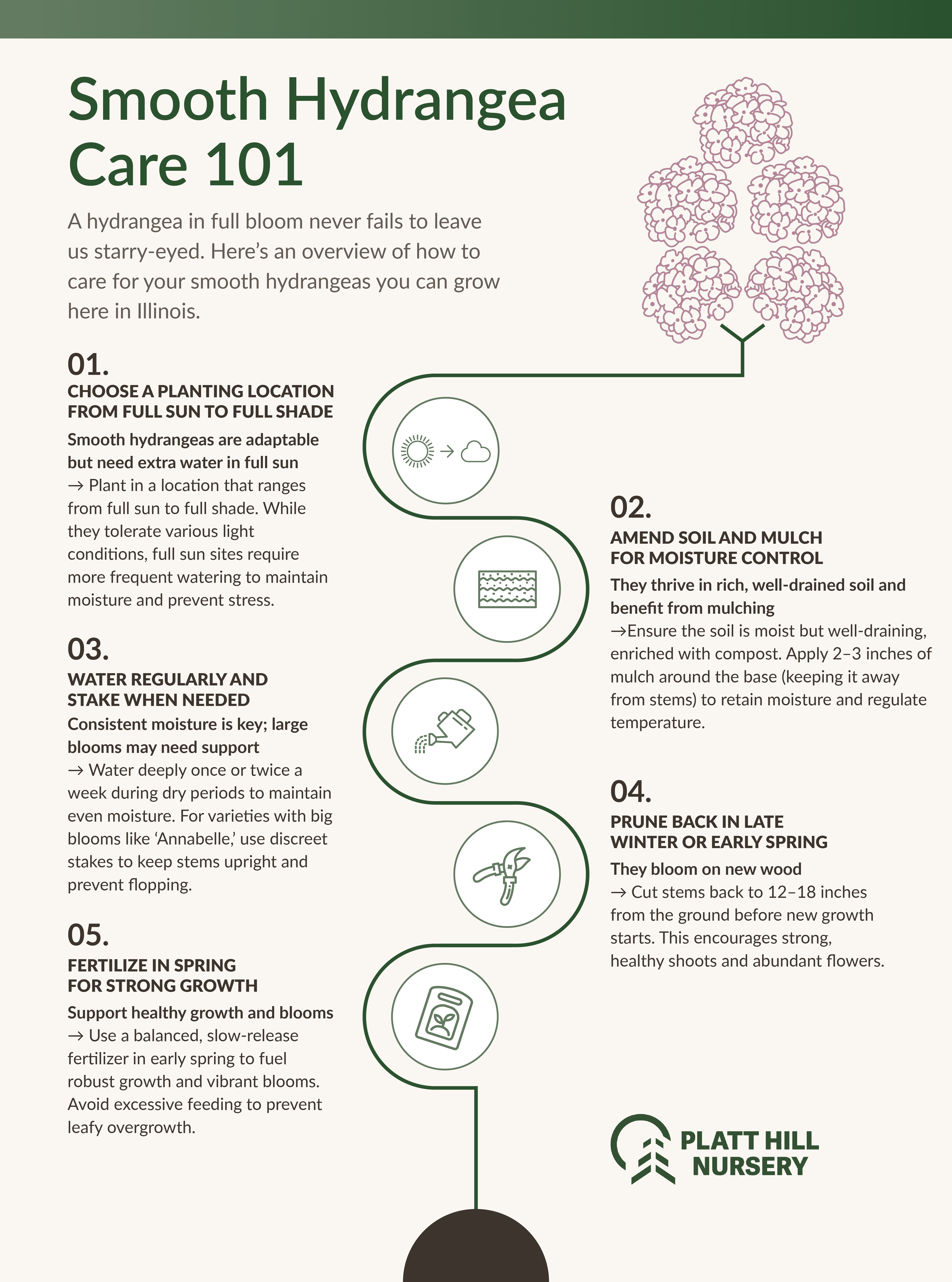
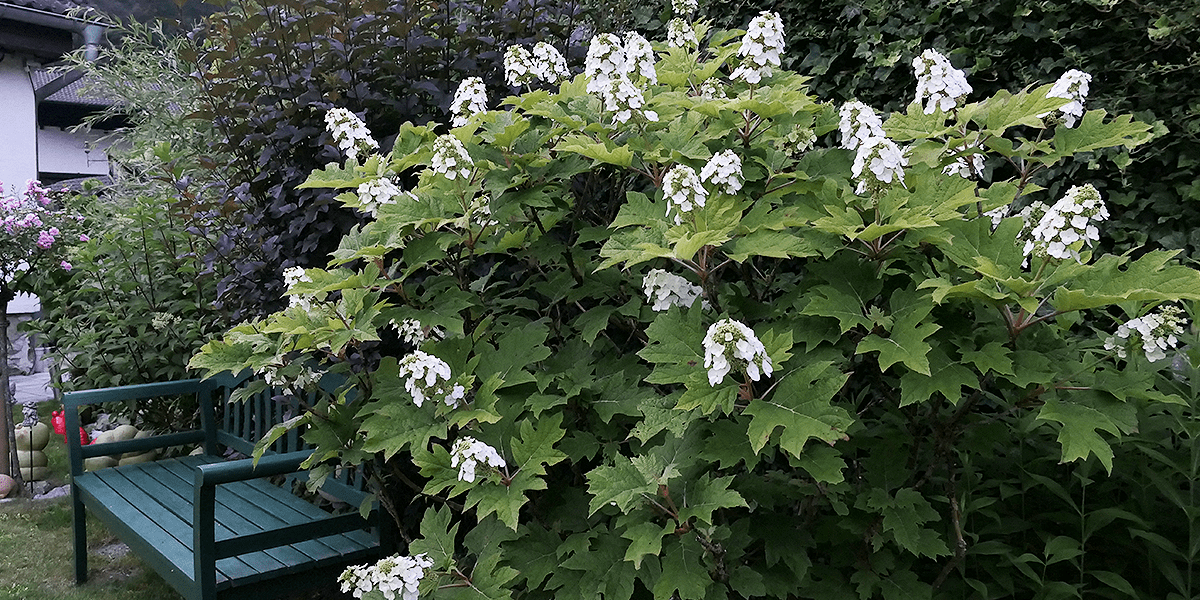
Hydrangea quercifolia
Last but not least, the Hydrangea quercifolia is a truly stunning shrub known for its luscious blooms and distinctive foliage. Commonly referred to as the “Oakleaf” hydrangea, these varieties have pretty lobed leaves, just like an oak tree. Its blooms are long-lasting, large, and elongated like Hydrangea paniculata, but with a dramatic arching shape like Hydrangea macrophylla. In autumn, you’ll love watching their oak leaves transition, warming up the scenery with blazing orange, red, deep purple, and bronze tones.
Oakleaf hydrangea varieties bloom on old wood, so your best bet is to trim them immediately after their flowers fade so that you won’t lose out on next year’s blooms!
Gatsby Star®
Hydrangea quercifolia
‘Doughill’
Gatsby Pink®
Hydrangea quercifolia
‘JoAnn’
Pee Wee
Hydrangea quercifolia
‘Pee Wee’
Ruby Slippers
Hydrangea quercifolia
‘Ruby Slippers’
Varieties like ‘Gatsby Pink’ and ‘Gatsby Star‘ reach up to 8 feet tall and wide for a big splash of color and beautiful texture that always gets noticed.
Smaller cultivars like ‘Pee Wee’ only reach 3 feet tall, so they’re ideal for garden beds and small spaces.
‘Ruby Slippers’ is a real showstopper, with flowers that emerge as white, transitioning to pink, then rich ruby red! Those blushing blooms contrast beautifully against their emerald green foliage, and at 4 feet tall and 5 feet wide at maturity, it’s the perfect size for a statement plant.
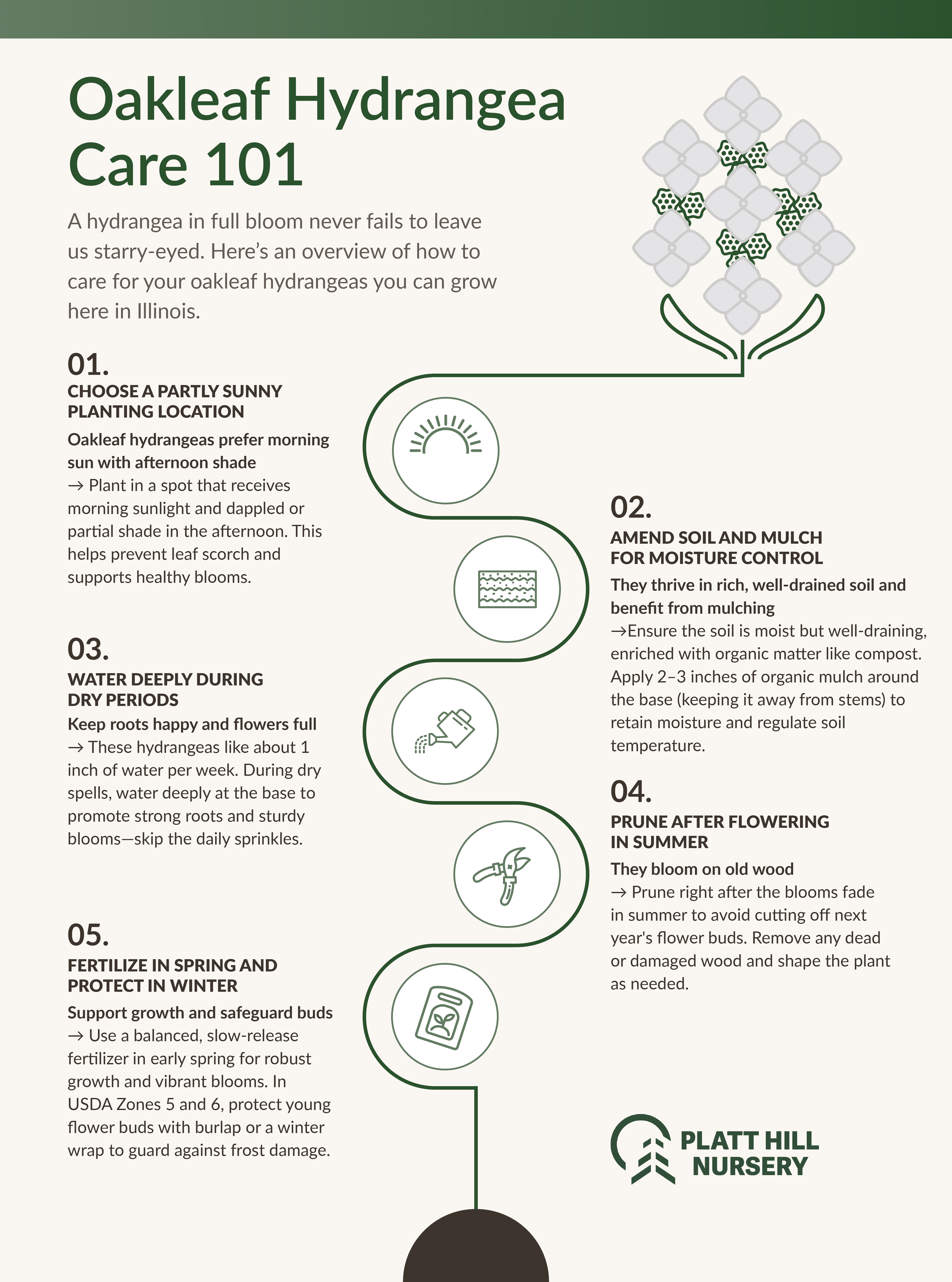
Explore all the breathtaking hydrangea varieties for sale in Illinois by visiting one of our garden center locations in Bloomingdale and Carpentersville. You’ll be amazed at how these dramatic, high-impact shrubs completely transform your landscape, bringing a sense of magic and wonder to the scenery. If there’s a specific type of hydrangea that you’re searching for, feel free to contact our team, and we’ll help you find something that suits your unique style and space!
VISIT YOUR Local Garden Center & Plant Nursery
We are committed to helping our customers find the right landscape design and plants for their space in or outdoors. Our plant experts are committed to helping you discover your own perfect living environment with a few questions. We are here to help make gardening easy and sustainable for everyone.
Stop in, or give us a call today!
Main Offices:
Bloomingdale: (630) 529-9394
Carpentersville: (847) 428-6767
Hours: Mon thru Sat: 9am - 6pm; Sun 10am - 5pm
Landscape Department:
Bloomingdale: (630) 529-9394
Carpentersville: (847) 796-1510
Learn more about our landscaping services.

